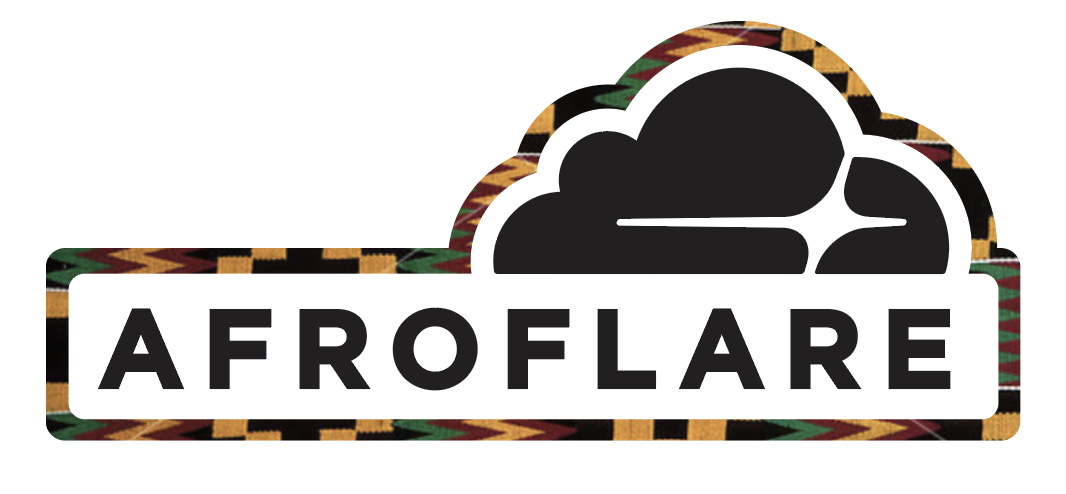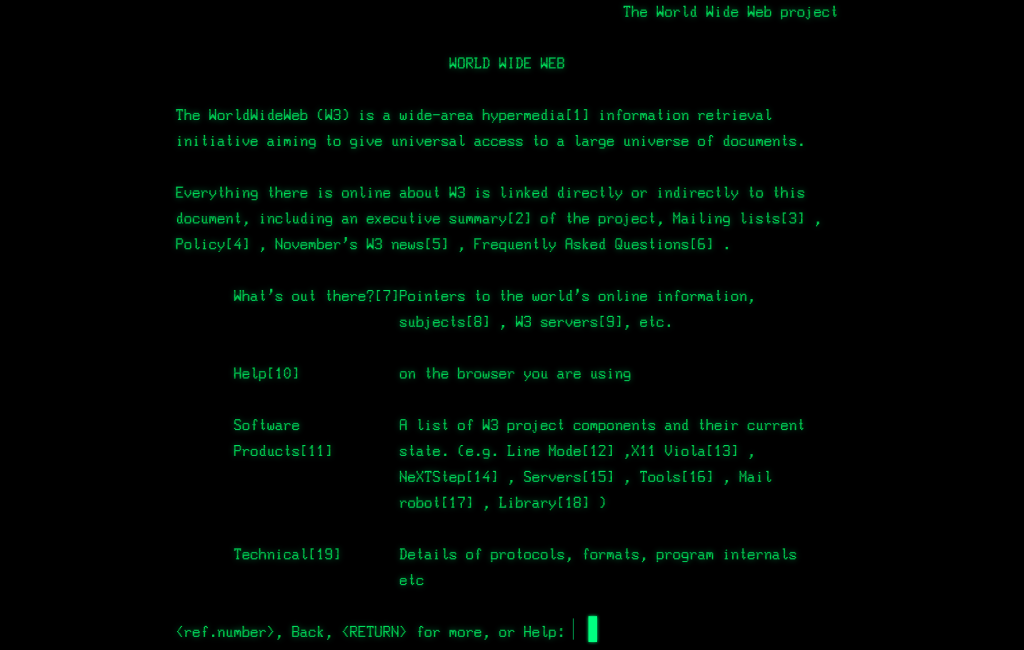IPv6 Security for IPv4 Engineers

It is often argued that IPv4 practices should be forgotten when deploying IPv6, as after all IPv6 is a different protocol! But we think years of IPv4 operational experience should be leveraged as much as possible.
So we are publishing IPv6 Security for IPv4 Engineers as a roadmap to IPv6 security that is specifically aimed at IPv4 engineers and operators.
Rather than describing IPv6 in an isolated manner, it aims to re-use as much of the existing IPv4 knowledge and experience as possible, by highlighting the security issues that affect both protocols in the same manner, and those that are new or different for the IPv6 protocol suite. Additionally, it discusses the security implications arising from the co-existence of the IPv6 and IPv4 protocols.
Be sure also to check our IPv6 Security page as well!
Further Information
The post IPv6 Security for IPv4 Engineers appeared first on Internet Society.
Certification Exam Questions That I Hate
In my 11 year career as an IT instructor, I’ve had to pass a lot of certification exams. In many cases not on the first try. Sometimes for fair reasons, and sometimes, it feels, for unfair reasons. Recently I had to take the venerable Cisco CCNA R&S exam again. For various reasons I’d allowed it to expire, and hadn’t taken many exams for a while. But recently I needed to re-certify with it which reminded me of the whole process.
Having taken so many exams (50+ in the past 11 years) I’ve developed some opinions on the style and content of exams.

In particular, I’ve identified some types of questions I utterly loath for their lack of aptitude measurement, uselessness, and overall jackassery. Plus, a couple of styles that I like.
This criticisms is for all certification exams, from various vendors, and not limited to even IT.
To Certify, Or Not To Certify
The question of the usefulness of certification is not new.
One one hand, you have a need to weed out the know-its from the know-it-nots, a way to effectively measure a person’s aptitude in a given subject. A certification exam, in its purest form, is meant to Continue reading
Making the Internet Better Together at APRICOT 2019

Asia Pacific Regional Internet Conference on Operational Technologies (APRICOT) 2019, said to be the largest technical conference in the region, drew hundreds of the world’s leading Internet engineers from over 50 countries to Daejeon, South Korea last week.
The Internet Society, a long-time partner of the event, contributed to the event by not only sponsoring over a dozen of fellows to travel there, but also made multiple high-profile appearances in various sessions, including the opening keynote speech.
The Internet Society’s President and CEO Andrew Sullivan delivered the keynote Up and Down the Stack Through a Nerd’s Eyes: Making the Internet Better the Internet Way with hundreds of people present, including Tae-Jeong Her, Mayor of Daejeon, and Dr Hee-yoon Choi, President of organiser the Korea Institute of Science and Technology Information (KISTI), a government research institute.
Now that so many people depend on the Internet, it is no surprise that businesspeople, policymakers, regulators, and politicians all want a say in the way the Internet evolves. But some of the proposals for the future of the Internet, Sullivan said, betray fundamental misunderstandings of the way the Internet works. The talk urged us all to continue to engage with the big questions Continue reading
Kernel of Truth season 2 episode 3: Storage solutions
Subscribe to Kernel of Truth on iTunes, Google Play, Spotify, Cast Box and Sticher!
Click here for our previous episode.
You asked for it, we listened, and now we’re delivering! This episode, host Brian calls on Pete Lumbis and special guest David Illes from Mellanox to answer a question we got on our community Slack channel: “What are middle-tier customers doing for storage of Cumulus enabled solutions?” David and Pete share not only what’s changing for middle-tier customers but also tackle the topic of storage solutions in general. What sort of things are we seeing as customers migrate to Ethernet storage? Listen and find out.
Guest Bios
Brian O’Sullivan: Brian currently heads Product Management for Cumulus Linux. For 15 or so years he’s held software Product Management positions at Juniper Networks as well as other smaller companies. Once he saw the change that was happening in the networking space, he decided to join Cumulus Networks to be a part of the open networking innovation. When not working, Brian is a voracious reader and has held a variety of jobs, including bartending in three countries and working as an extra in a German soap opera. You can find him Continue reading
F5 Networks Leaps Into DevOps With $670M Nginx Acquisition
 Nginx’s open-source web server for multi-cloud architecture powers more than 374 million...
Nginx’s open-source web server for multi-cloud architecture powers more than 374 million...
Rancher Labs Submariner Project Links Kubernetes Clusters
 The open source project creates the necessary tunnels and routes between Kubernetes clusters that...
The open source project creates the necessary tunnels and routes between Kubernetes clusters that...
Orange Inks $25M SD-WAN Deal With Global Engineering Firm Aurecon
 As part of the five-year deal, Aurecon will replace its Orange MPLS network with SD-WAN to increase...
As part of the five-year deal, Aurecon will replace its Orange MPLS network with SD-WAN to increase...
Bridging the Gap
Mike Bushong and Denise Donohue join Eyvonne, Jordan, and I to discuss the gap between network engineering and “the business,” and give us some thoughts on bridging it.
Outro Music:
Danger Storm Kevin MacLeod (incompetech.com)
Licensed under Creative Commons: By Attribution 3.0 License
http://creativecommons.org/licenses/by/3.0/
How to Keep Security Professionals? Remove Mental Health Stigma
 Beyond recruitment and training, the security industry needs to retain talent. We need to take care...
Beyond recruitment and training, the security industry needs to retain talent. We need to take care...
Huawei at the Center of Intelligence Rift Between the U.S. and Germany
 The U.S. government is pressuring Germany to ban Huawei from 5G deployments over national security...
The U.S. government is pressuring Germany to ban Huawei from 5G deployments over national security...
Employee resource groups aren’t the answer, but they’re a first step
Why employee resource groups are important for building a great company culture but they're not enough.

Diversity and inclusion is a process. To achieve diversity and inclusion, it’s not enough to hire diverse candidates. Once hired, we must be welcomed by a safe and belonging culture, and our diverse perspectives must be honored by our coworkers.
Too many times we are approached by well-meaning companies eager to hire diverse candidates, only to look behind the curtain and discover a company culture where we will not feel safe to be ourselves, and where our perspectives will be ignored. Why would we choose to stay in such an environment? These are the companies where diverse employees leave just as quickly as they join.
Employee Resource Groups (ERGs) are an essential part of diversity and inclusion, especially as companies grow larger. Before being heard, or trying to change someone's mind, you need to feel safe.
ERGs serve as a safe haven for those with perspectives and experiences that are "diverse" compared to the company as a whole. They are a place to share stories, particular plights, and are a source of stress relief. A place where we can safely show up fully as Continue reading
Off the Cuff – NFD20 Wrap Up
Last month, Networking Field Day 20 happened in Silicon Valley and our very own Jordan Martin attended the event as a delegate. In this Off the Cuff episode of Network Collective, we sit down with some of the other delegates at NFD20 and talk about our impressions of the event’s general themes and presentations.
The vendors who presented at the event were:
- Netrounds
- Kemp Technologies
- Juniper Networks
- Nokia
- SnapRoute
- Nyansa
- Extreme Networks
- VMware
- Fortinet
- PathSolutions
- 128 Technology
To find out more about Networking Field Day and the other great Field Day events, head on over to https://techfieldday.com
Outro Music:
Danger Storm Kevin MacLeod (incompetech.com)
Licensed under Creative Commons: By Attribution 3.0 License
http://creativecommons.org/licenses/by/3.0/
The post Off the Cuff – NFD20 Wrap Up appeared first on Network Collective.
Celebrating the 30th Anniversary of the World Wide Web

Back around 1991, I was traveling throughout the eastern USA teaching an “Introduction to the Internet” course I had written. The students were mainly from telecom, financial, and software companies wanting to know what this Internet thing was all about. I taught about IP addresses and DNS, using email, sending files with FTP, using archie and veronica to find info, engaging in USENET discussions, and using Gopher to explore “gopherspace”.
At the end of the course, one of the final sections was on “emerging technologies”. And there, nestled in with HyTelnet and WAIS, was one single page about this new service called the “World-Wide Web”.
And all the page really said was: telnet to info.cern.ch, login as “www”, and start pressing numbers to follow links on the screen.
That was it! (and you can still experience that site today)
We had no idea in those very early days that what we were witnessing was the birth of a service that would come to create so much of the communication across the Internet.
In only a few short years, of course, I was teaching new courses on “Weaving the Web: Creating HTML Documents” and Continue reading
Analysis: Why Nvidia is Buying Mellanox, Whats In It For Enterprise ?

Turns out that smart NICs are co-processors like GPUs
The post Analysis: Why Nvidia is Buying Mellanox, Whats In It For Enterprise ? appeared first on EtherealMind.
Citrix investigating unauthorized access to internal network – Citrix

They didn't detect it themselves. 6TB of data exfiltrated. Weak passwords the cause.
The post Citrix investigating unauthorized access to internal network – Citrix appeared first on EtherealMind.



